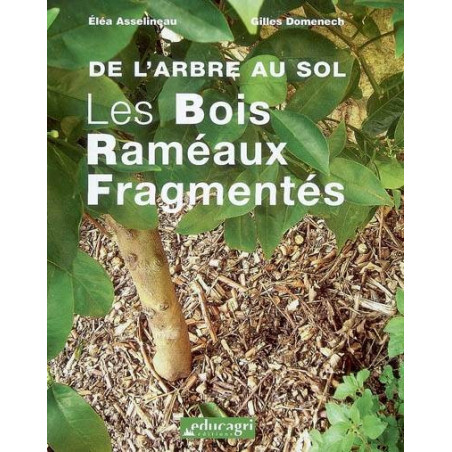



Visa, MasterCard, Amex, Paypal or 3 times, interest-free with Scalapay

0.01€ from 35€ of purchase in France*

Worldwide Shipping

The use of Ramial Chipped Wood, commonly known as BRF, represents a true alternative for the agriculture of tomorrow, by proposing a rediscovery of soil functioning based on the forest ecosystem model. The natural process of forest aggradation, developed over billions of years of living evolution, is not integrated by humanity, which degrades its environment, especially its agricultural soils, through the combined actions of plowing, fertilizers, and various pesticides. The first experiments with BRF were carried out in the 1970s in Quebec, and their applications are beginning to develop in France. Long considered as waste, tree branches become a product of high agronomic, ecological, and social value, opening up new perspectives for soil nourishment. The valorization of Ramial Chipped Wood thus addresses several harmful environmental issues: decrease in biodiversity, soil depletion, impacts on drought and deforestation, desertification, pollution of groundwater and rivers by fertilizers and pesticides...Written by two specialists among the first popularizers of BRF use in France, this book is a true plea for the soil. This soil, often considered merely as a crop support, is actually one of the richest ecosystems on the continents' surface. The book also offers a reflection on the management of the BRF resource by placing the tree at the center of the agricultural issue. An unprecedented inventory of what has been experimented with worldwide since the 1970s, this work concerns us all. It is practical, clear, and richly documented. Its numerous illustrations give it a real documentary and educational dimension.
Data sheet
